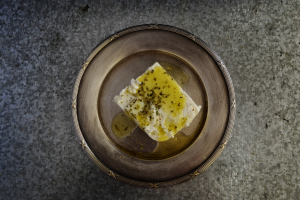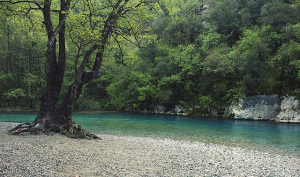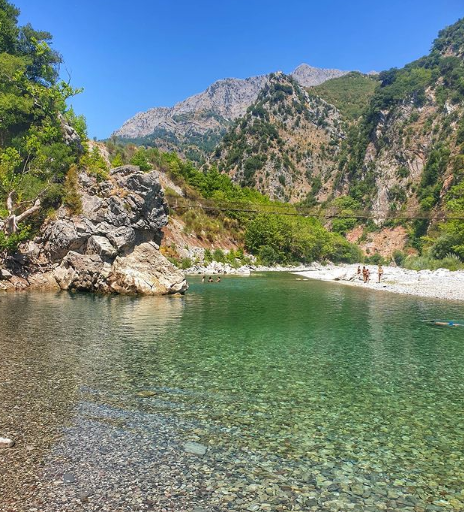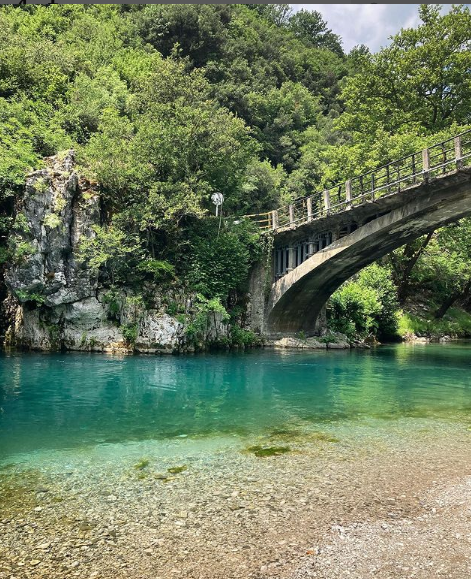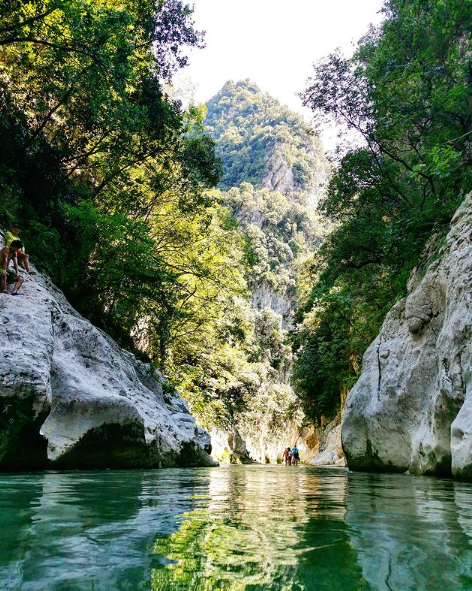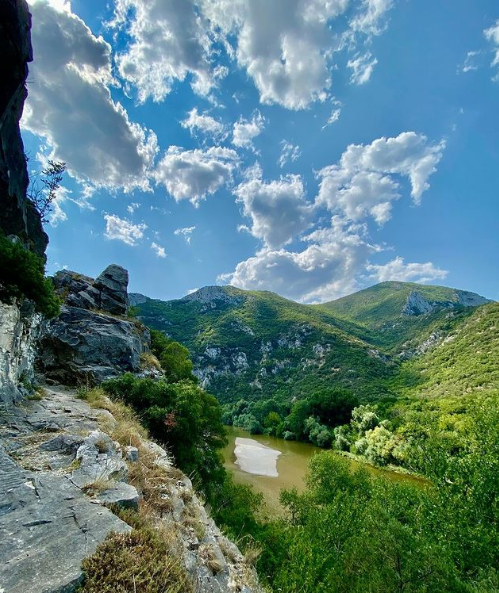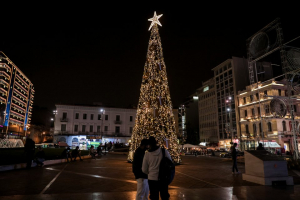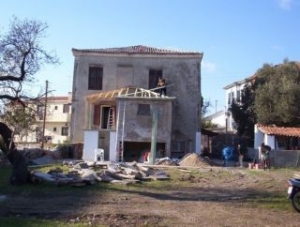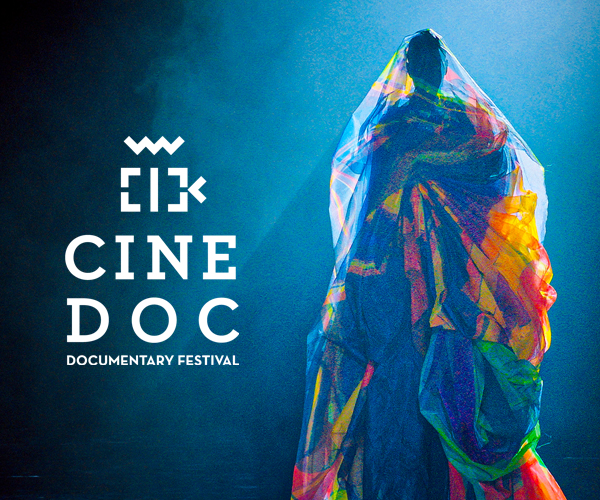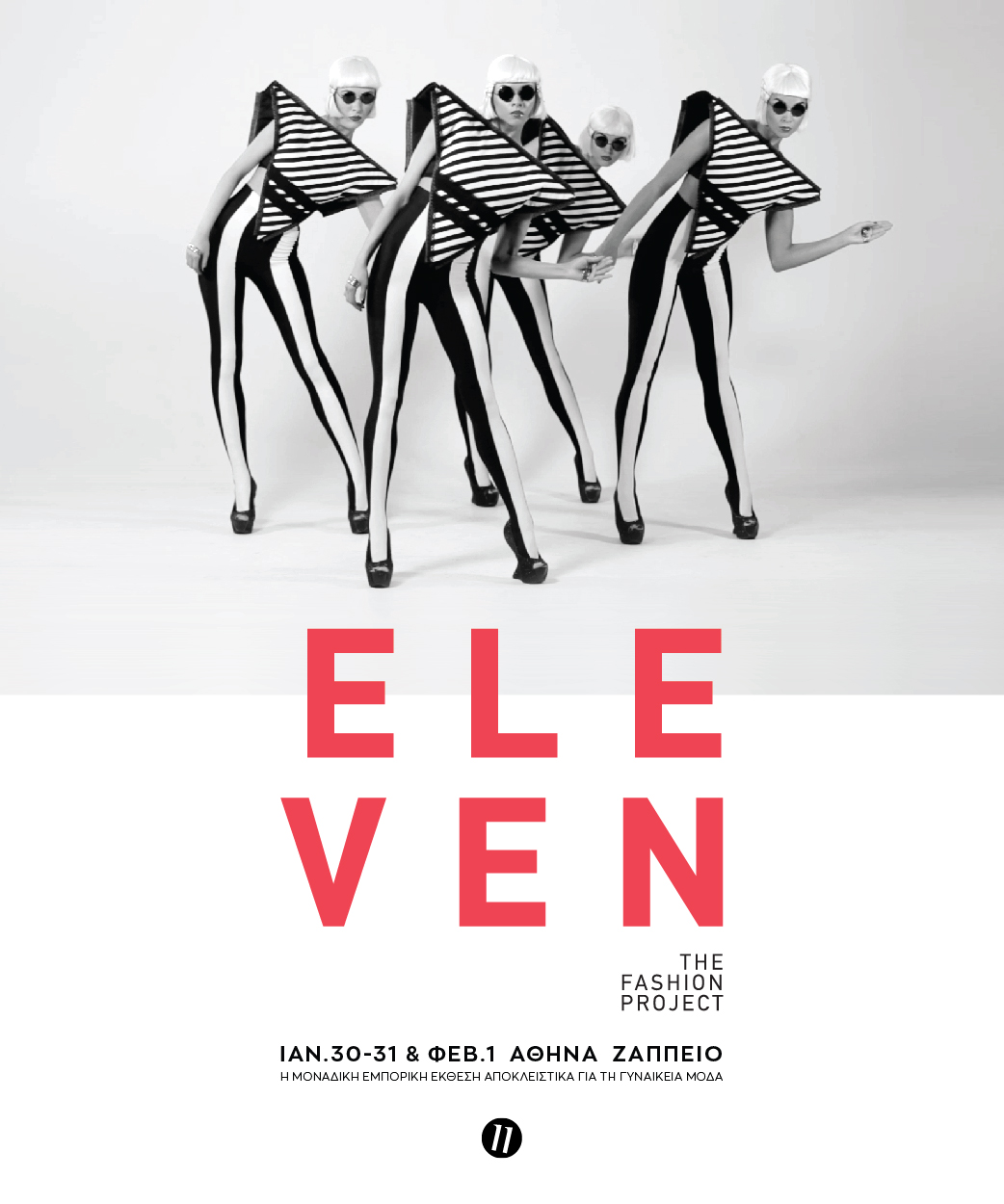Concerts featuring favorite artists and bands like Tonis Sfinos, Panos Vlachos, Polkar, Nefeli Fasouli, Wedding Singers, Jerome Kaluta, and Mihalis Kalkanis Group, along with festive tunes in the city center and neighborhoods, as well as unexpected parties in unique venues curated by genre experts, have set the rhythm of Christmas throughout Athens!
In everyone's beloved season, Christmas, the Municipality of Athens transforms the city into a vibrant music scene where songs, melodies, and rhythm take center stage. Local artists, music groups, and bands grace the music stage of Syntagma Square, immersing the audience and passers-by in the festive spirit of Christmas. The festivities kick off on Wednesday, December 20, with an extra dose of dancing vibes! At noon, George Zervos and his electrifying band will deliver a live show infused with boundless energy and rock'n'roll aesthetics. Later, at 18:00, the dynamic Wedding Singers will captivate the crowd with their non-stop mix of '90s covers, ensuring no one can resist hitting the dance floor!
On Thursday, December 21, at 12:00, Hermaphrodite's Child will transport us back to the 50s and 60s, channeling the sounds of iconic artists like the Beatles and the Rolling Stones. At 6:00 p.m, Vassilis Kazoulis, Kitrina Podilata, and Alexandra Cognac will join forces in a unique collaboration spanning three generations, united by their shared love for music and live performances. Christmas jazz rhythms and festive melodies will enchant Syntagma on Friday, December 22, at 12:00, courtesy of the quintet led by the excellent saxophonist Dimitris Tsakas. In the evening, at 6:00 p.m, the stage will come alive with the explosive Polkar, offering a performance filled with rhinestones, trombones, and beloved musical hits.

Taking a musical journey to New Orleans on Saturday, December 23, at 12:00, Gumbo Ya Ya brings authentic jazz to Syntagma Square, accompanied by the expressive vocals of Sugahspank! and the Emily Mesko. At 6:00 p.m., the talented Nefeli Fassoulipou and her band will lead us into her unique musical world, where jazz unexpectedly meets Greek folk sounds with astounding results.
Continuing with mainstream jazz from the '50s and '60s by the Sub Quartet on Christmas Eve, Sunday, December 24, at 12:00, the stage will then be taken over at 6:00 p.m. by the subversive Panos Vlachos, promising an impromptu musical celebration with everything you can imagine! The festivities resume on the second day of Christmas, Tuesday, December 26, at 6:00 p.m, where the energetic Jerome Kaluta and his band await us with international soul hits spanning from the '70s to today.
On Wednesday, December 27, at 12:00, the Mihalis Kalkanis Group introduces jazz musical experimentation with a fresh European sound to the Syntagma stage. The glittering Christmas Gala follows at 6:00 p.m., featuring holiday tunes from around the world, arias, duets from popular operas, and excerpts from beloved musicals and operettas. Thodoris Lembesis orchestrates the performance with the voices of Maria Katrivesi and Giorgos Housakos.
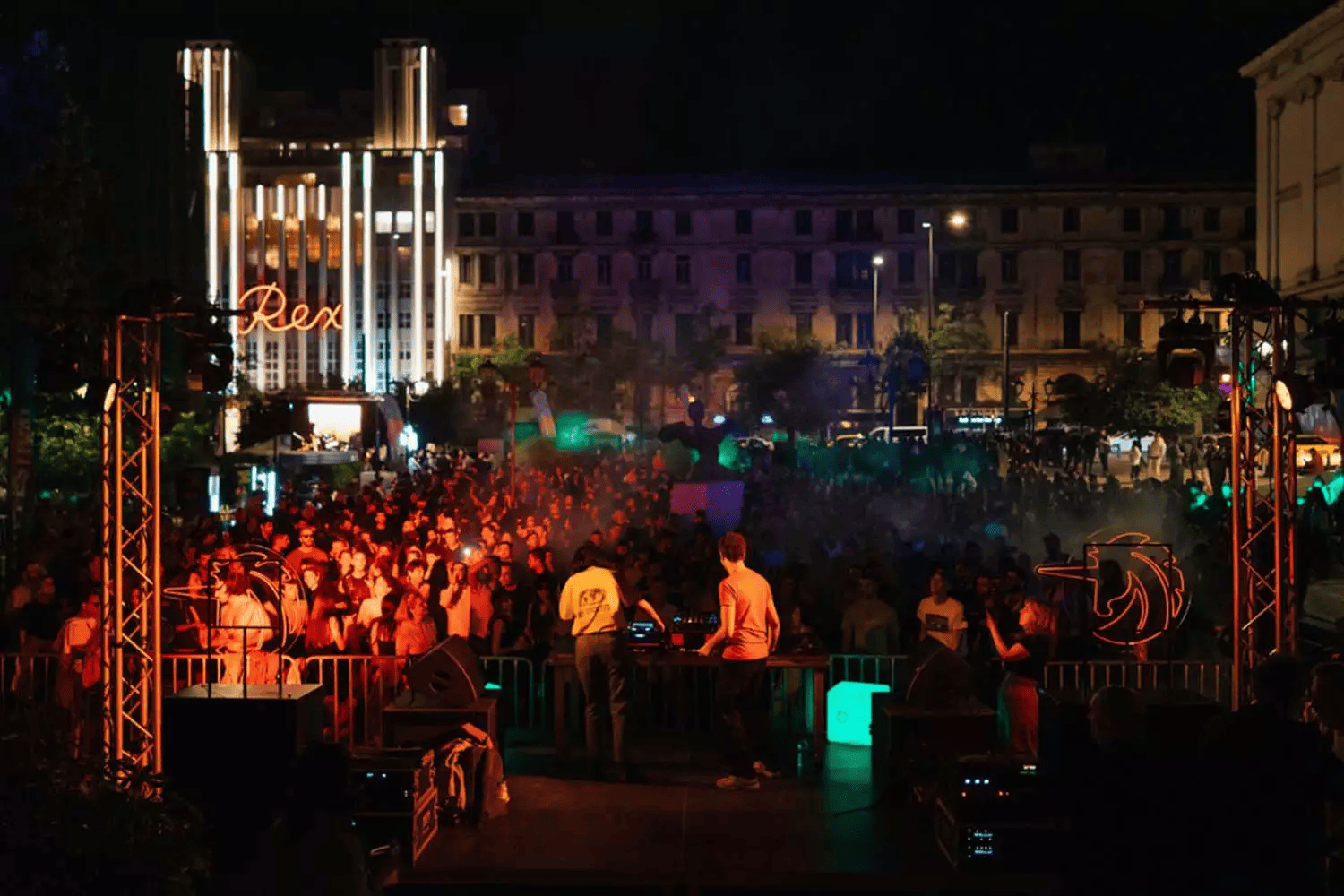
The festive stage of Syntagma Square concludes powerfully on Thursday, December 28, with two exciting performances: at 12:00, the Jaguar Bombs set the stage for a lively celebration, combining hits from our teenage memories and early '00s MTV playlists in a subversive mix featuring Backstreet Boys, Spice Girls, Elvis, Offspring, and Vlassis Bonatso. At 6:00 p.m., the unique performer Tonis Sfinos, accompanied by The Playmates, his five-member band, the singer Naya Doukas, and the actor Antonis Papailia in the role of "Lola," hosts the fanciest "Christmas Disco Party"!
The music is not limited to the city center, though—it spreads across the city! During the holidays, the Athens 9.84 van will be surprising us with Christmas tunes and children's choirs in different neighborhoods, enhancing the festive atmosphere. From December 20 to 28, the station's festive playlist will musically decorate Syntagma, perfectly complementing the live concerts in the square. On December 20, the city's radio station will broadcast live from Syntagma from 10:00 a.m. to 6:00 p.m. as part of the 2023 Radio Marathon, organized to support families and children in need.
Finally, on Christmas Eve, December 24th, from 2:00 p.m., at the Merchants' Gallery, radio station Pepper 96.6 hosts a day-long festive event with dynamic DJ sets, performances by beloved artists, and many surprises. On the same day, Christmas is celebrated in one of the liveliest neighborhoods of the city, Kypseli. From 5:30 p.m., the Municipal Market of Kypseli celebrates with a unique "Xmas Extravaganza" party, featuring music from prominent selectors and DJs of the city, creating a dance soundtrack with Balearic beats, rare grooves, disco, and house rhythms.
To welcome the arrival of 2024, the Varvakeios Market also participates this year, alongside the grand celebration at Syntagma. On New Year's Eve, the "Varvakeios NYE Party" by Street Outdoors, starting at 11:00 p.m., brings renowned DJs and producers to the heart of Athens' commercial life for an unforgettable New Year's party filled with rhythm and dancing until the early morning hours!
*The Christmas events program, curated by the City of Athens Cultural, Sport & Youth Organization (OPANDA), in collaboration with the Technopolis of the Municipality of Athens, This is Athens, and the city's radio station, 9.84, promises a festive extravaganza for residents and visitors alike.
**Please note that the program is subject to change.
Originally posted in greek on: newsit.gr
Translated by: Codico Lab

